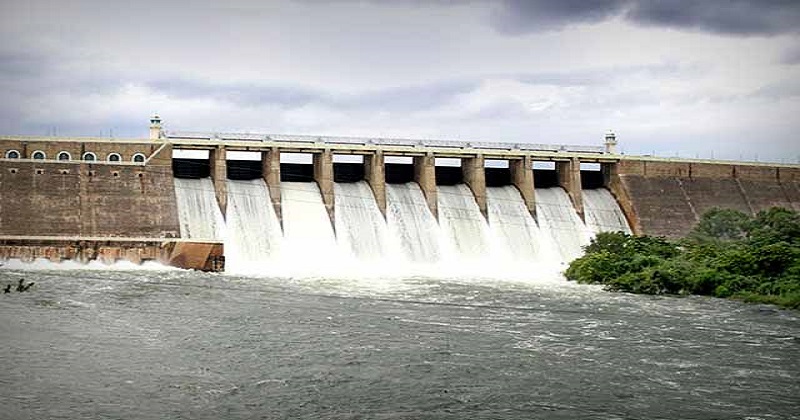
Around a thousand big dams in India will be approximately 50 years old in 2025 and such aging dams across the globe profess an increasing warning, according to a United Nations (UN) report which records that by 2050, most people on Earth will exist downstream of tens of thousands of dams constructed in the 20th century. The report, titled “Ageing water infrastructure: An emerging global risk” and edited by United Nations University’s Canadian-based Institute for Water, Environment and Health, states most of the 58,700 large dams worldwide were built between 1930 and 1970 with a design lifetime of 50 to 100 years.
It stated that at 50 years, a huge concrete dam “would most apparently start to show indications of aging.”Aging marks involve rising incidents of dam failures, progressively escalating charges of dam repair and maintenance, growing reservoir sedimentation, and damage of a dam’s functionality and effectiveness, “strongly interconnected” manifestations, the report said.

“By 2050, most people on Earth will live downstream of tens of thousands of large dams constructed in the 20th century, many of them already working at or exceeding their design life,” according to the UN University study. The study covers dam decommissioning or aging cause studies from the USA, France, Canada, India, Japan, and Zambia, and Zimbabwe. According to the report, the globe is questionable to observe another large dam-building revolution as in the intervening-20th century, but dams built, will surely be explicating their age.
In India, there are over 1,115 large dams that will be about 50 years old in 2025, more than 4,250 large dams in the nation will be above 50 years old in 2050, and 64 large dams will be more than 150 years old in 2050, it stated. The report said that around 3.5 million people are in danger if India’s Mullaperiyar dam in Kerala, constructed over 100 years ago, “were to fail”.”The dam, in a seismically volatile region, explicates vital architectural defects and its management is a controversial subject between Kerala and the Tamil Nadu States,” it said. The report also stated that dams that are well designed, constructed, and maintained can “easily” reach 100 years of service but foretells an addition in “decommissioning” – an aspect obtaining speed in the USA and Europe – as economic and practical constraints limit aging dams from being improved or if their original usage is now out-of-date.
In the US, the average age of 90,580 dams is 56 years. More than 85 percent of US dams in 2020 were operating at or beyond their life expectancy and 75 percent of US dam failures occurred after 50 years of age. The estimated cost to refurbish US dams is about $64 billion. Nearly 1,275 dams were removed in 21 US states in the last 30 years; 80 removed in 2017 alone, it said. Worldwide, the huge volume of water stored behind large dams is estimated at 7,000 to 8,300 cubic kilometers – enough to cover about 80 percent of Canada’s landmass under a meter of water. “Underlined is the case that the increasing recurrence and hardness of flooding and other severe environmental situations can destroy a dam’s design limits and stimulate a dam’s aging method. Determinations about decommissioning, hence, require to be taken in the circumstances of a changing climate,” Mr. Smakhtin said.
Read more; ‘Nation -Alert’ ; Traitors in the guise of peasants, Attempt to create riots in India
“Large dam construction rose in the mid-20th century and climaxed in the 1960s – 70s particularly in Asia, Europe, and North America, while in Africa the top happened in the 1980s. The number of recently-constructed large dams after that continuously and progressively diminished,” he said. The velocity of large dam construction has decreased in the last 40 years and proceeds to wane in section because “the best locations for such dams globally have been progressively diminishing as nearly 50 percent of global river volume is already fragmented or regulated by dams,” the report asserts.
There are also substantial matters concerning the environmental and cultural consequences of dams, as well as developing views and methods on the alternative kinds of water storage, nature-based solutions, and kinds of energy production ahead of hydropower, it said. Public safety, increasing maintenance expenses, reservoir sedimentation, and refurbishment of a natural river ecosystem are amongst the causes prompting dam decommissioning.

Post Your Comments